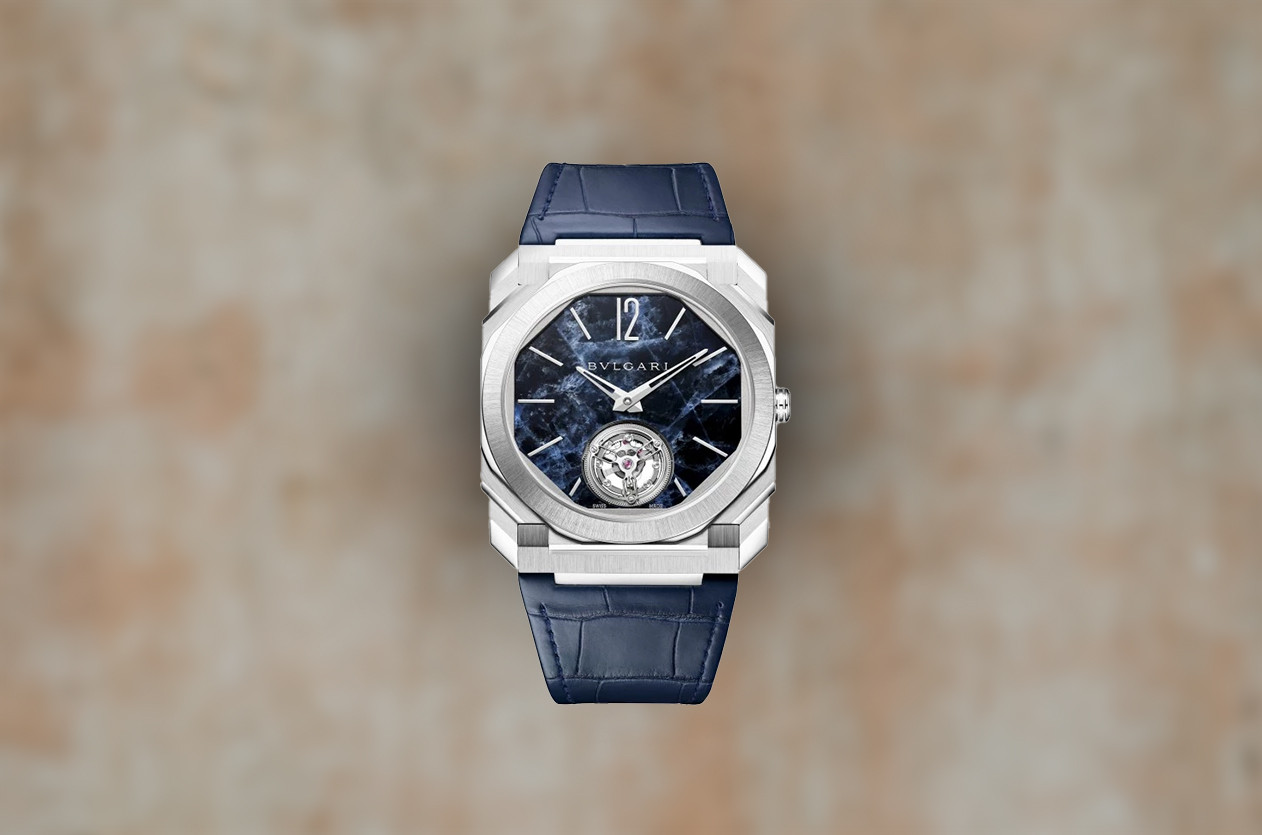
Introducing Bvlgari Unveils The New Octo Finissimo Tourbillon Blue Marble
Welcome to the hub of the horoloy
Will the Supply in Official Stores Decrease?
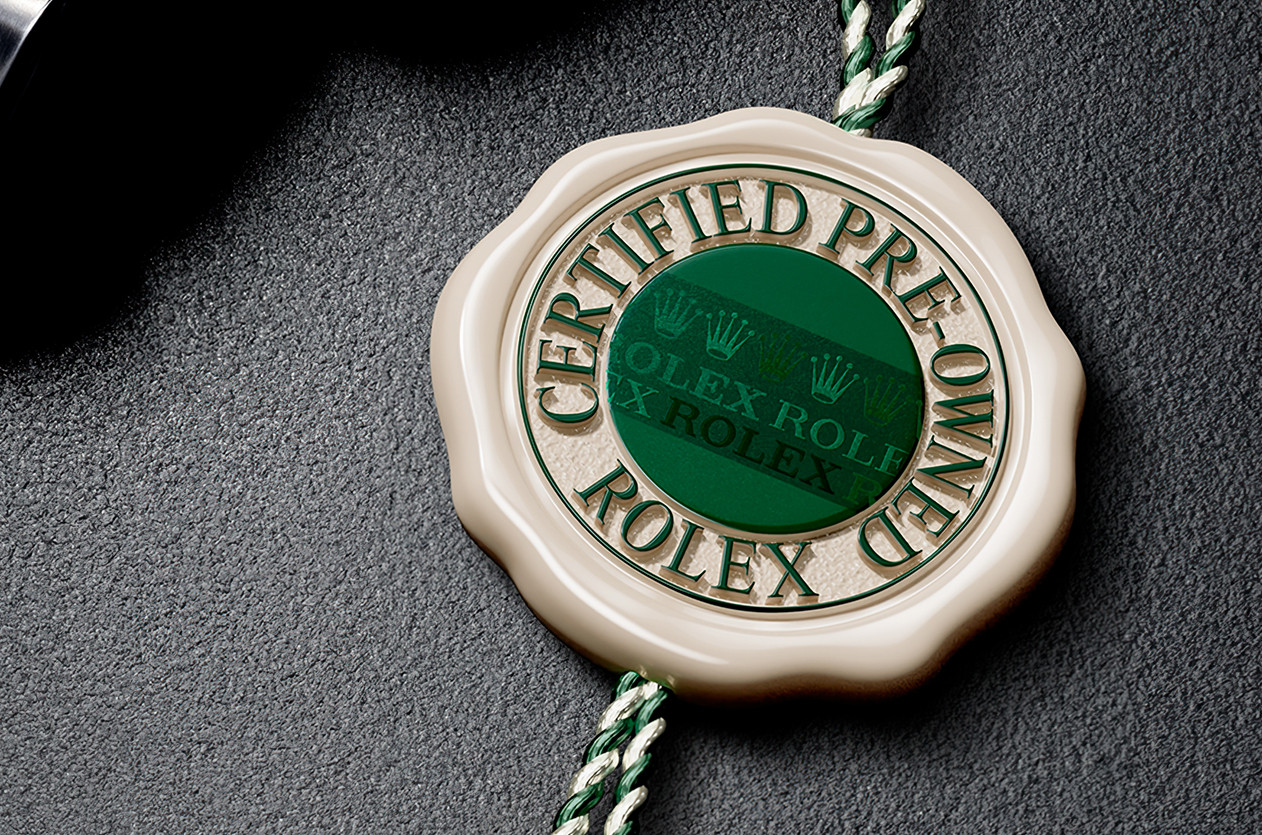
Obtaining a new watch from a Rolex boutique has become an almost impossible task. The waiting list for popular models such as the Daytona can reach up to a decade. This scarcity has led to several rumors, with some enthusiasts accusing the Swiss giant of deliberately creating this shortage. Under the pretext of introducing the Rolex Certified Pre-Owned Program, the company is attempting to impose its control over the market.

As with many other brands, aftermarket prices for Rolex watches often rise, sometimes reaching double the retail price. This has led some to suspect that Rolex is steering customers toward their more expensive used watches. However, it is necessary to understand that this phenomenon is not limited to Rolex. Many luxury watches and luxury goods face similar challenges due to high demand and limited production.
In this article, we will explore different perspectives on the availability of Rolex watches at dealers and why watches are more expensive at retailers. We will delve into the reasons behind the scarcity, questioning whether it is a deliberate marketing strategy or a result of maintaining high-quality production standards. Additionally, we will consider the impact of increased demand since the onset of the COVID-19 pandemic in late 2019.

Understanding the Rolex Certified Pre-Owned Program
On December 1, 2022, Rolex announced its Certified Pre-Owned Program, offering watch enthusiasts the opportunity to purchase pre-owned watches from authorized Rolex dealers, guaranteed by Rolex.
The program initially began in Bucherer stores in six European countries: Switzerland, Austria, Germany, France, Denmark, and the United Kingdom, and has since expanded to other regions.
Under this accreditation, Rolex-certified watches receive a warranty card and a seal similar to the famous green seal that accompanies new Rolex watches. These certified pre-owned watches come with a two-year international warranty, while new Rolex watches have a five-year warranty. The program applies to used watches that are more than three years old.

While many admired the idea, there was also hesitation about the consequences of such decisions. Rolex further shocked the watch world with its acquisition of Bucherer AG, a prominent retailer of luxury watches with a global presence of more than 100 stores. Despite the acquisition, Rolex confirmed that Bucherer will retain its independence and continue to operate under its official name. Furthermore, Rolex has assured that its relationships with other retailers will not be affected.
Why Did Rolex Decide to Move Forward with This Program?
The company stated it was "to bring added value to the existing supply of pre-owned Rolex watches," allowing it to "display the uncompromising quality and durability for which our watches are known."
While most watch companies typically make statements to the media, Rolex rarely communicates with the press beyond introducing new watches. Factory tours are almost non-existent, and photography inside them is strictly prohibited. Rolex operates as a Swiss non-profit organization and, as such, has the right not to disclose financial records to the Swiss government. Therefore, any conclusions reached are merely the views of watch enthusiasts.
Lack of Production?
Since the beginning of the pandemic crisis, Rolex, like many other companies, has faced unexpectedly high global demand. The company was forced to use temporary factories to increase production and meet orders. In fact, the company had already begun building a completely new factory, which will increase production. The factory will be in the city of Bulle in the Swiss province of Fribourg. This decision was not sudden but rather the first step in a much larger and long-planned process. The company has not specified the quantity of watches that will be produced in this factory, as all numbers related to production are from unofficial sources. It is clear that the company is trying to meet the increasing demand, although the market is currently witnessing a noticeable decline. Such factories will take time to be ready, with the factory expected to be operational by mid-2025.

As we know, the prices of used Rolex watches are much higher than the manufacturer's suggested retail price. However, many dealers assert that Rolex headquarters has no role in the pricing of these watches; it is an issue of supply and demand.
Waiting lists for Rolex are not an entirely new phenomenon, and interest in the watches has been growing for years. Collecting watches used to be a niche hobby, where watch enthusiasts would gather for small, private get-togethers and events. Jack Forster, a writer and blogger in the field of watches, says in our exclusive interview with him: “But with the emergence of Internet forums dedicated to watches, followed by social media such as Instagram, the hobby has expanded significantly.”

While the quality of Rolex watches is undisputed and the admiration for the Crown brand is widespread, the company's secrecy and lack of communication with the media have led to accusations of deliberately causing shortages and prolonging waiting periods. Many observers believe this is primarily related to the increasing demand for Rolex watches and the simple desire for what is difficult to obtain. The numbers indicate that Rolex is the largest selling watch company in the world.

Without confirmed numbers or information, the question of why watches are unavailable will always remain. However, with the current market stagnation and declining prices of used watches, the coming days will reveal the real reason behind this. As for Rolex, we will see what happens with the opening of the new factory.
Speaking of prices, Rolex had raised the prices of its watches in the middle of this year. The increase was driven by the rise in prices of the precious metal in global markets, and it includes watches made of gold only.
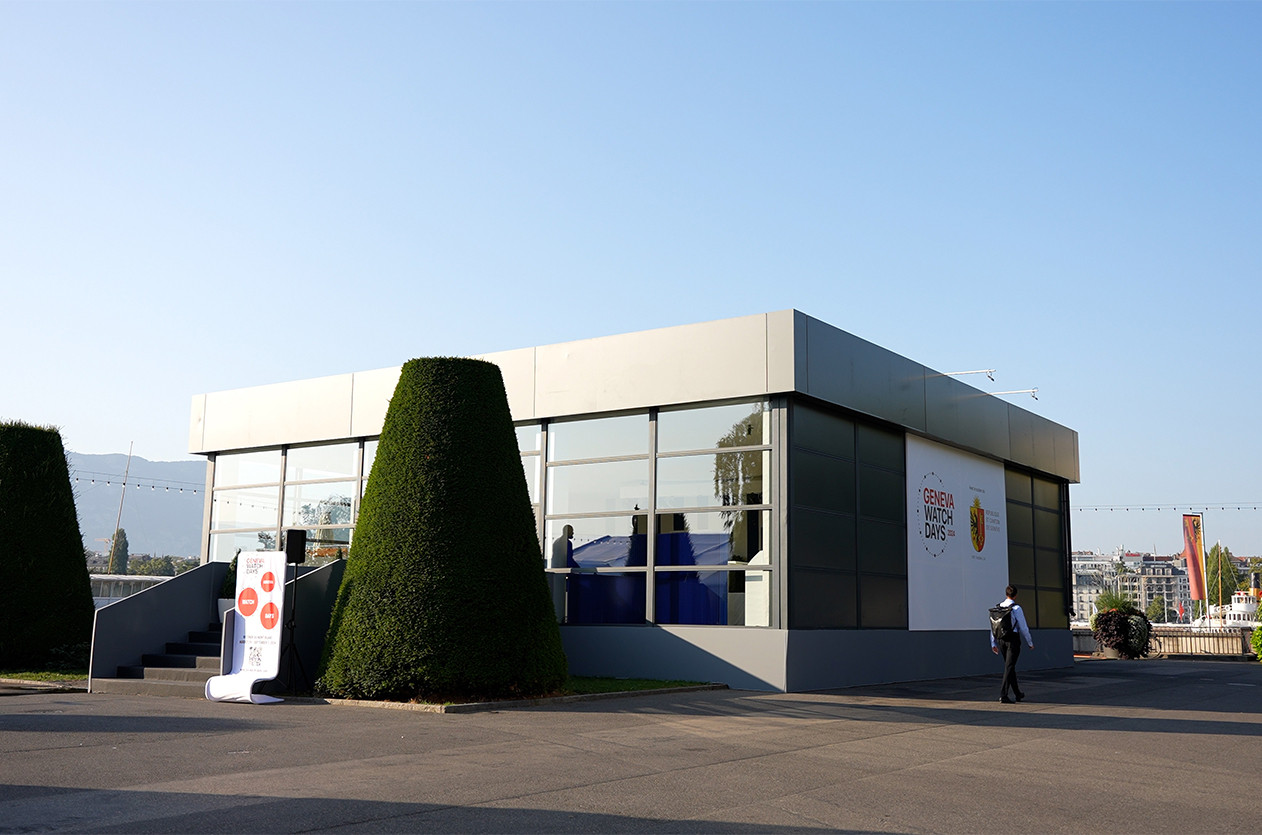
Opinion Four Brands Poised to Steal the Spotlight at Geneva Watch Days 2025
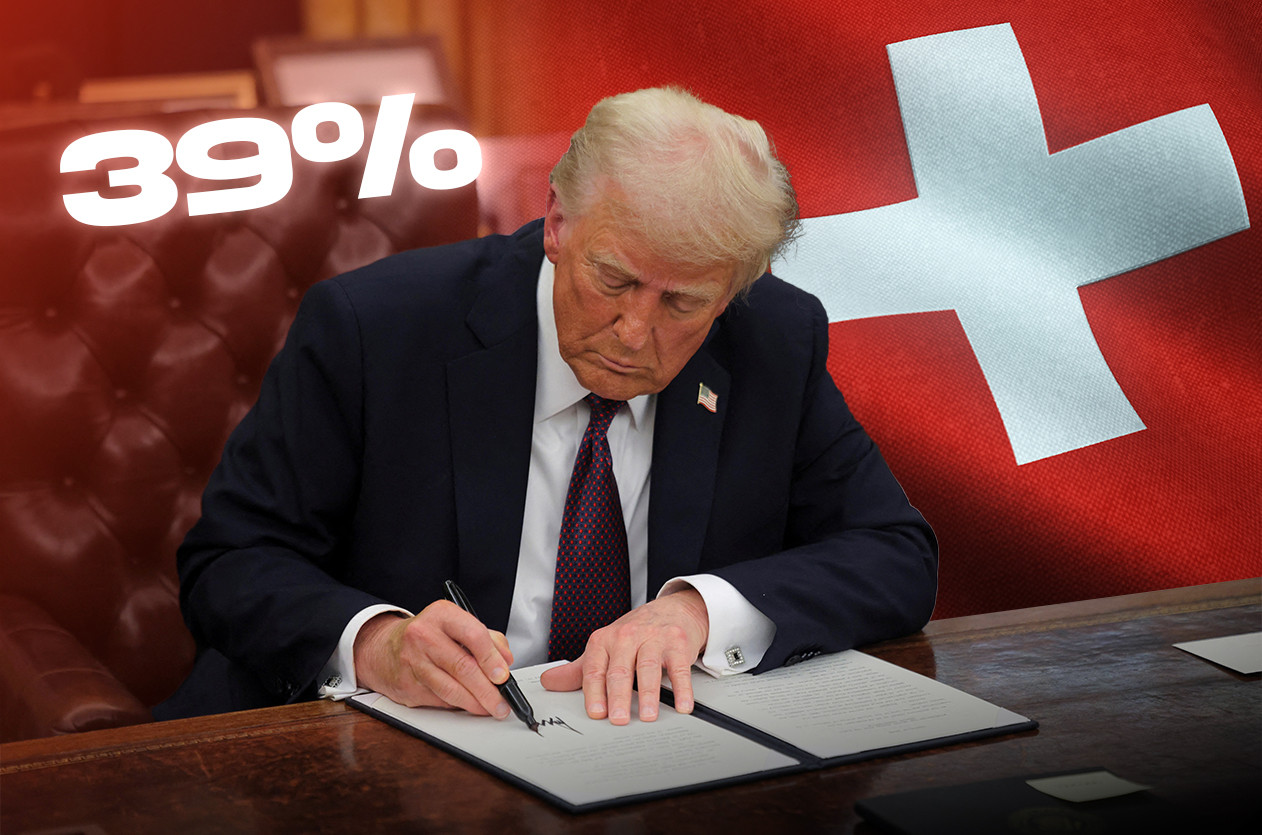
News Trump Hits Swiss Imports With 39% Tariffs
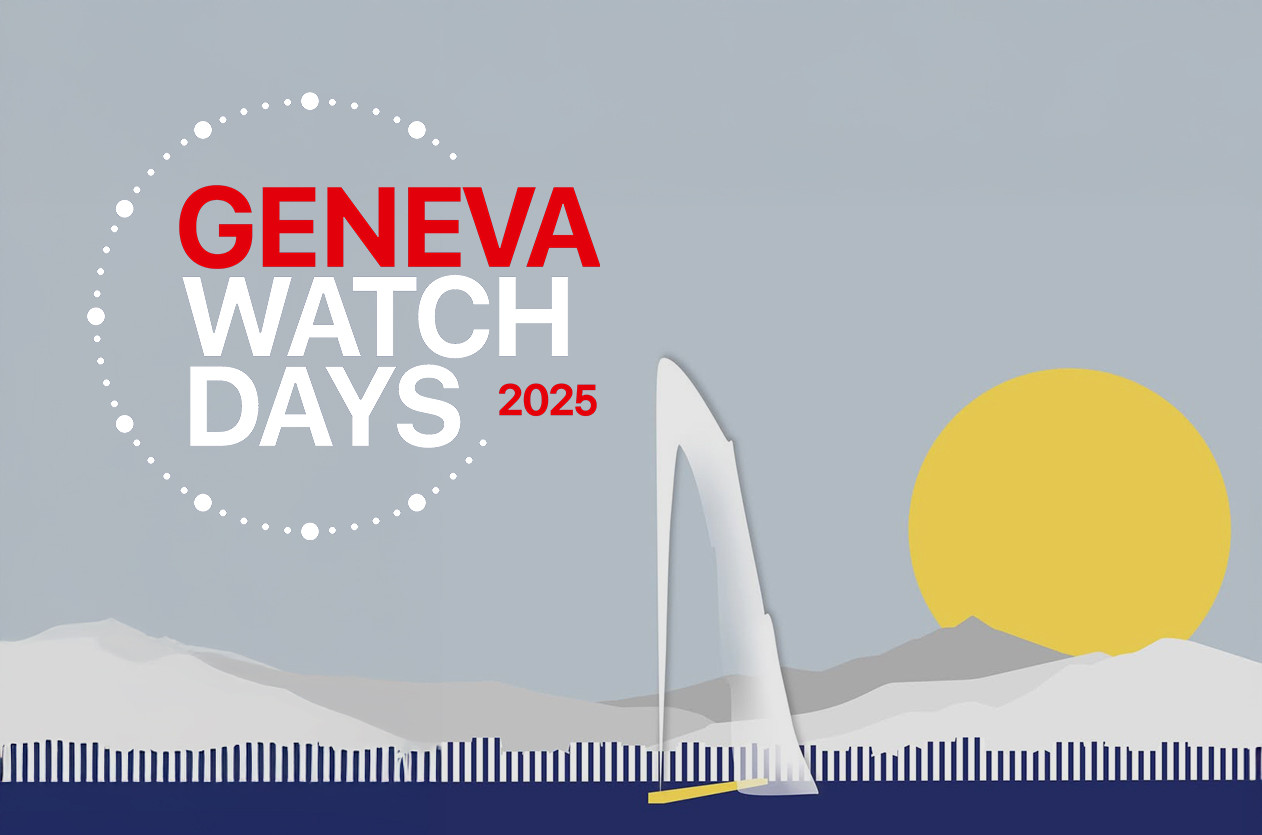
News 6th Edition of Geneva Watch Days 2025

Editorial What is the reason behind the scarcity of Rolex watches in boutiques?
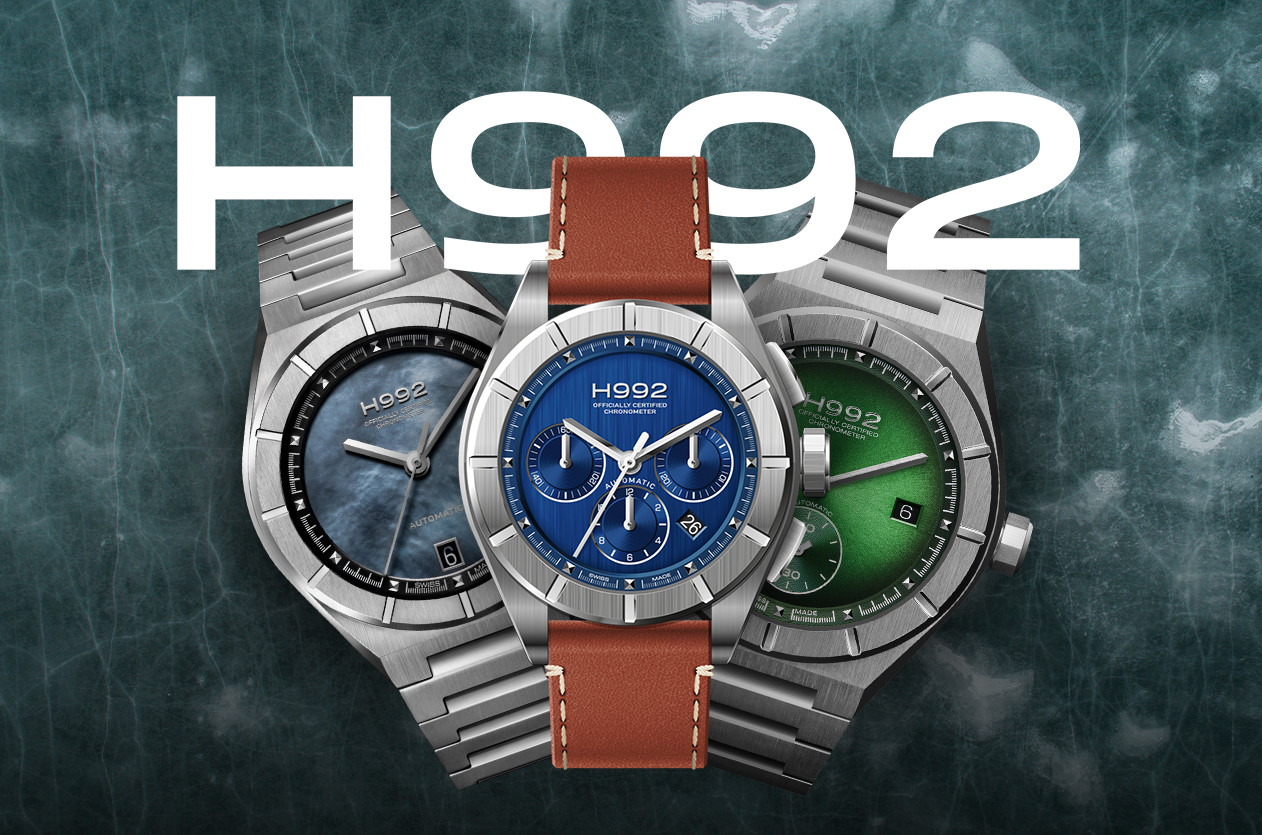
Introducing H992: A New Independent Brand Rising in Swiss Watchmaking
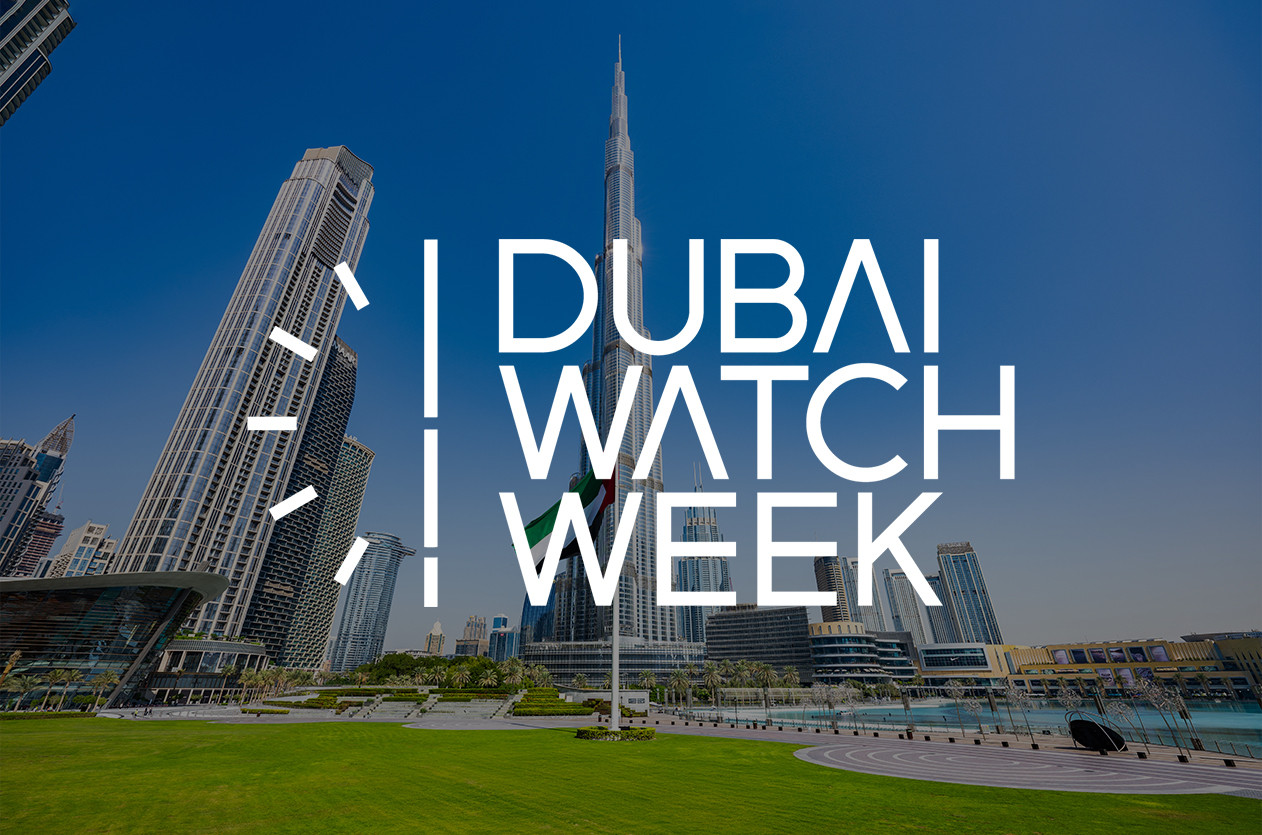
News Dubai Watch Week 2025 Will Be the Largest Ever with 90 Brands Participating
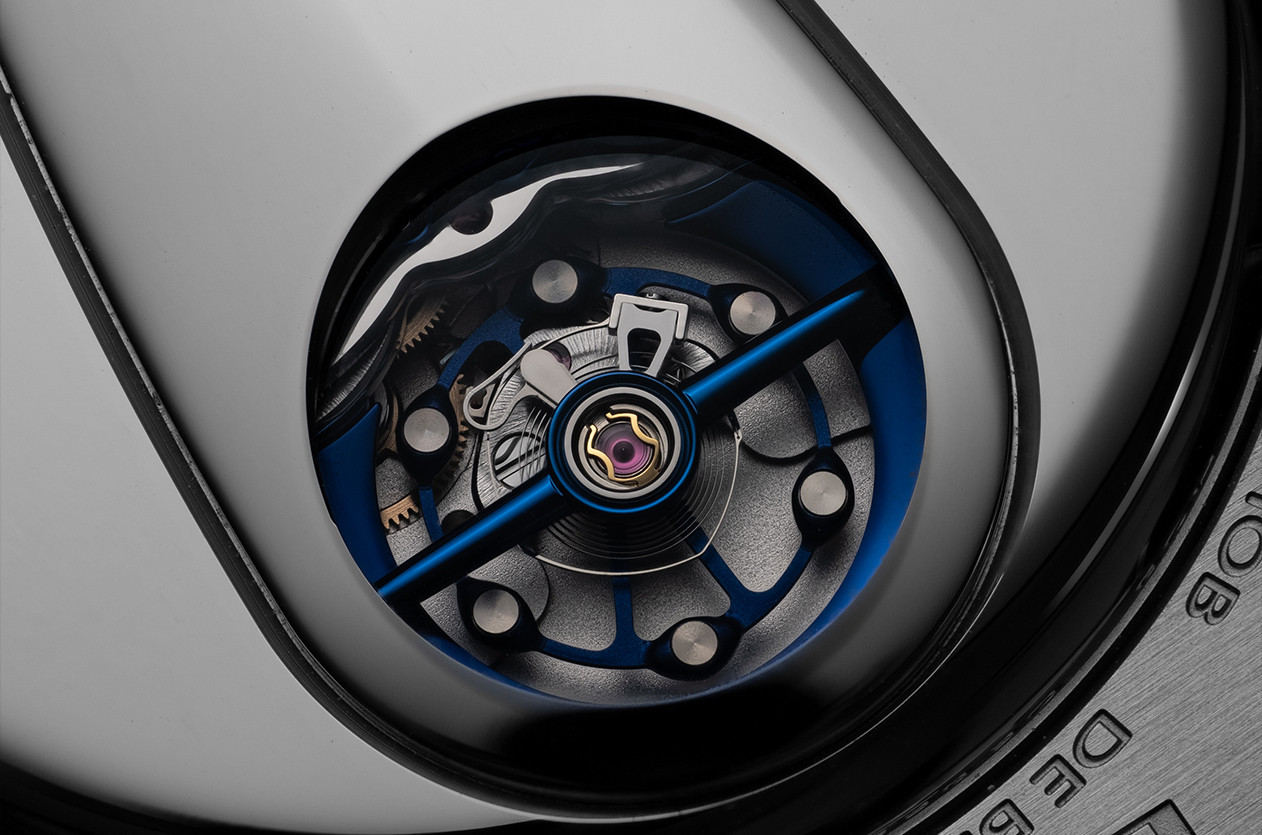
Technical The Frequency, Why It Matters in Mechanical Watches
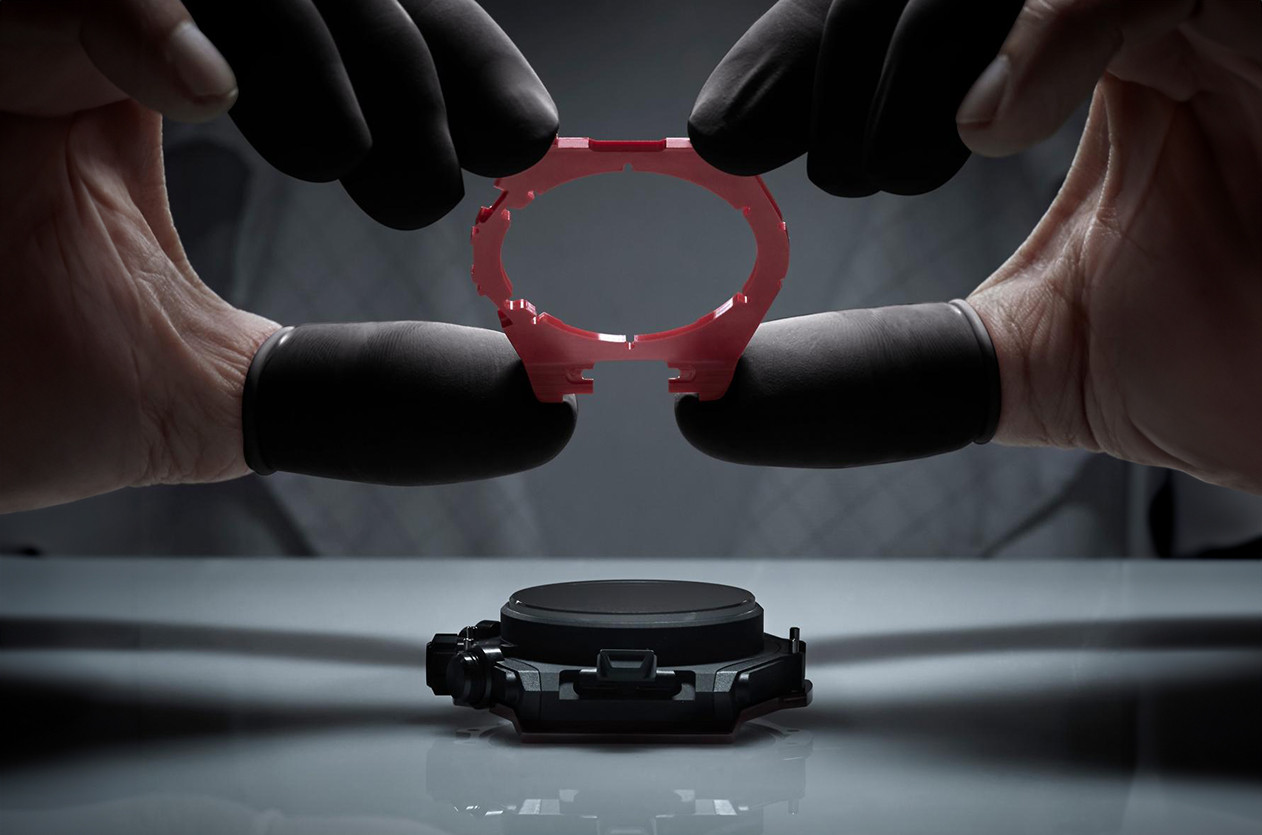
Editorial The Secrets of Watch Case Design
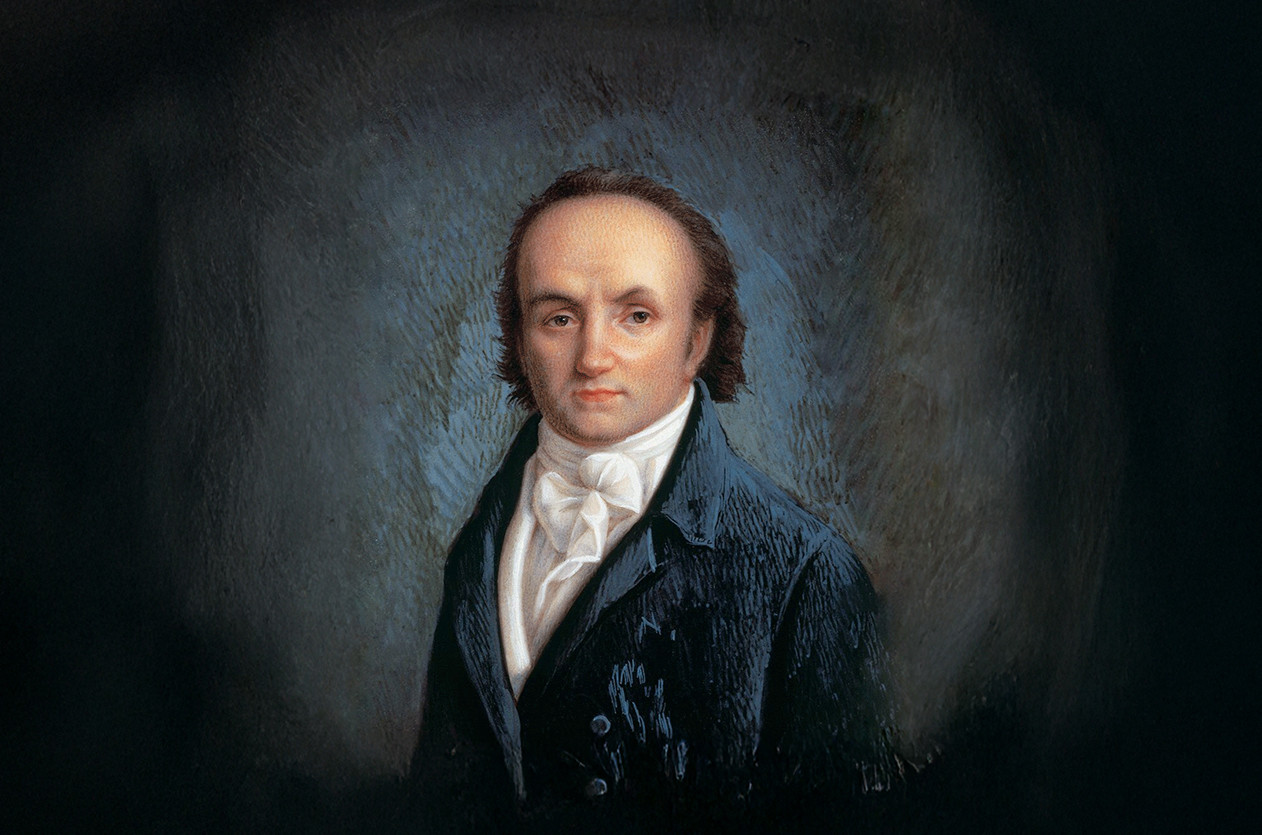
Editorial Abraham-Louis Breguet, The Father of Modern Horology
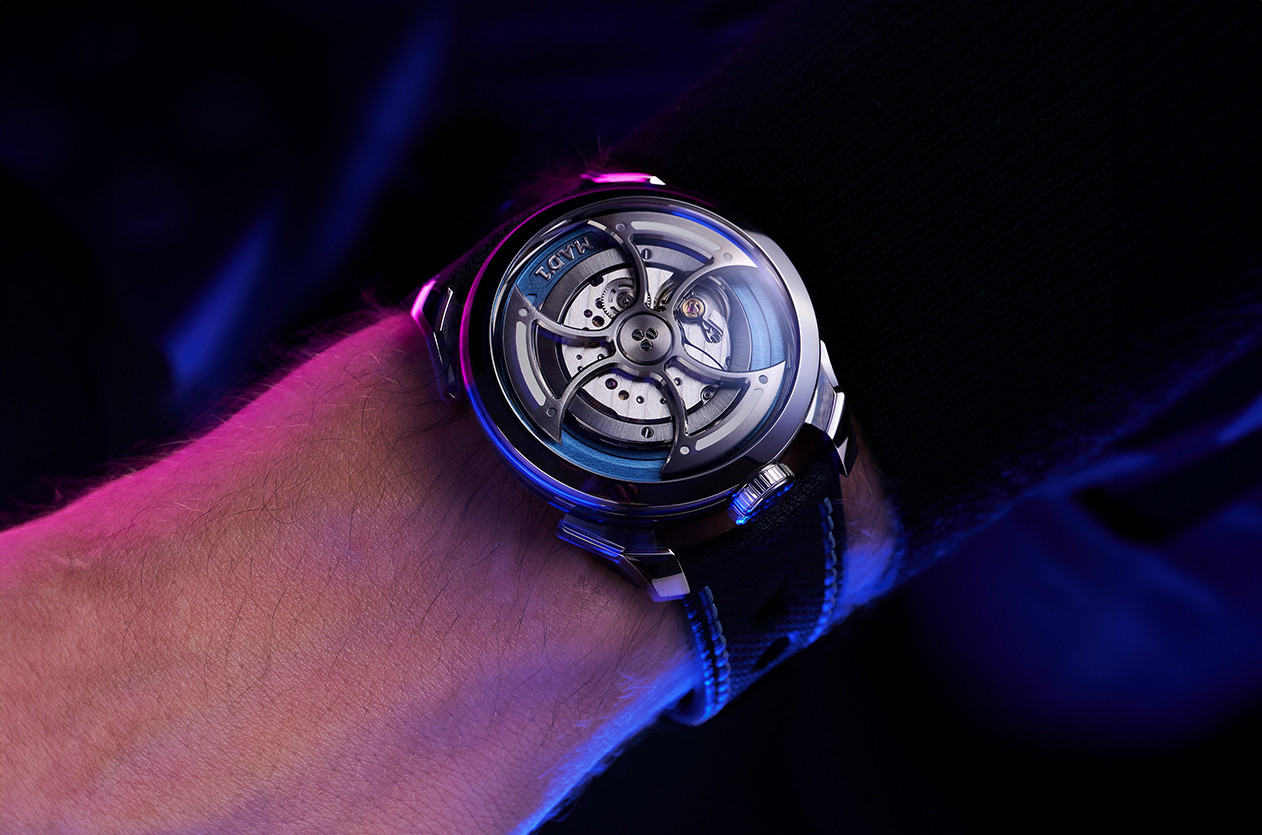
Introducing MB&F Unveils the New Generation of Its Famous Collection the M.A.D.1S
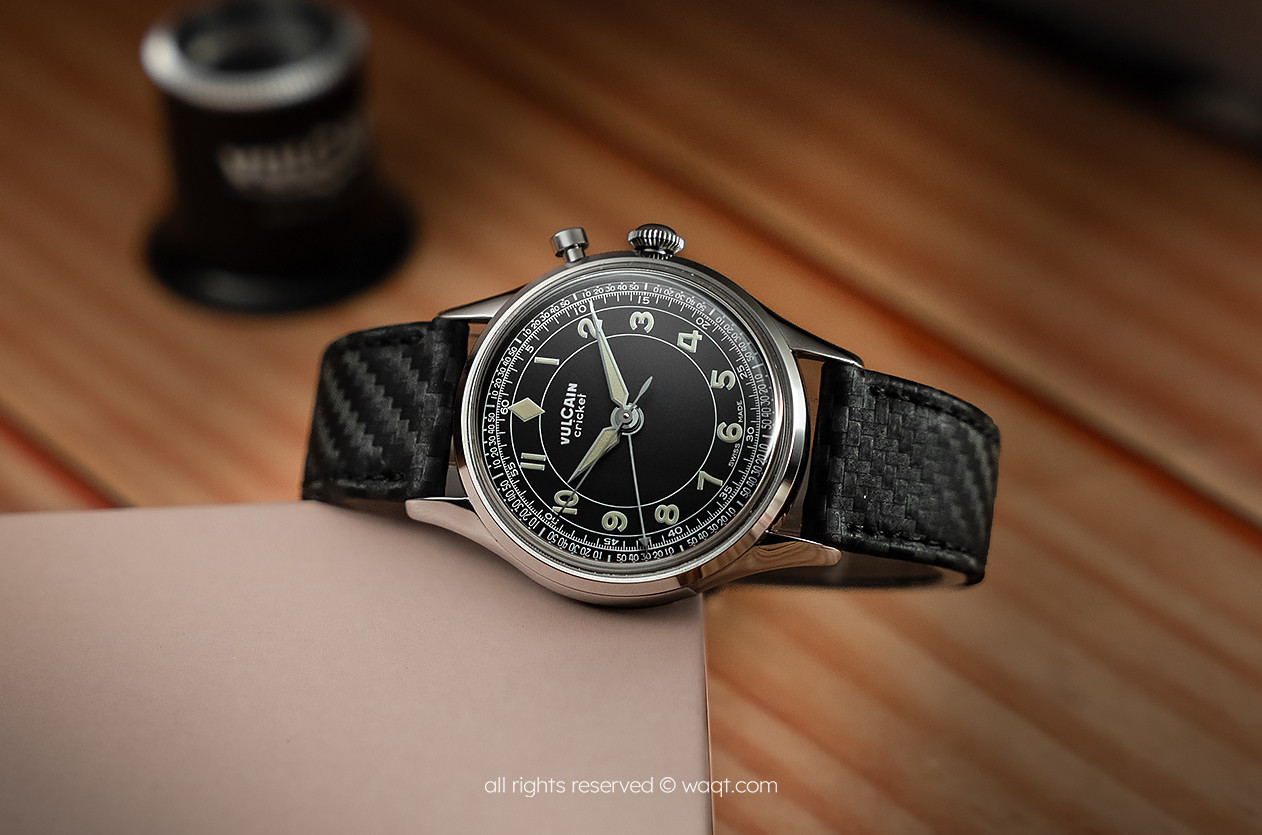
Hands on Vulcain Cricket Classic 39mm Black & Khaki
Comment Delete Text
This page is available in English only. Please click below to visit Arabic Home page!